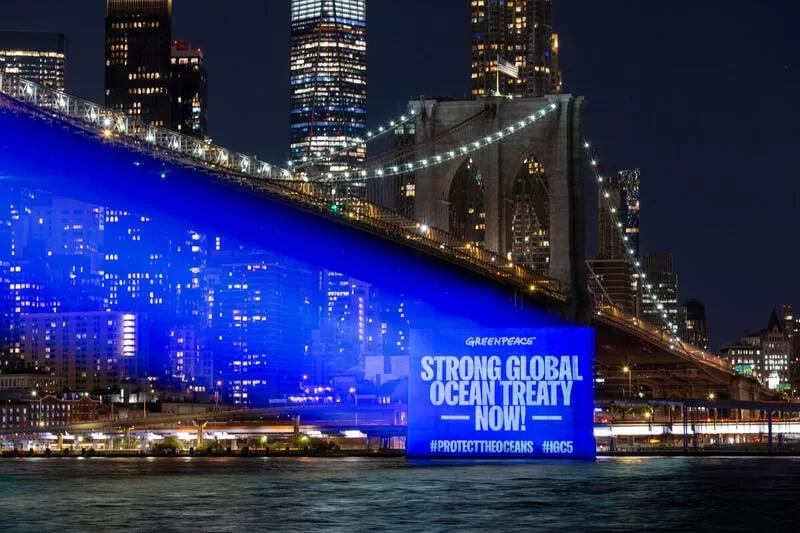Cosmetics, Vol. 12, Pages 172: Enzymes DNA Repair in Skin Photoprotection: Strategies Counteracting Skin Cancer Development and Photoaging Strategies
Cosmetics doi: 10.3390/cosmetics12040172
Authors:
Ewelina Musielak
Violetta Krajka-Kuźniak
Ultraviolet radiation (UVR) is a major contributor to skin aging and carcinogenesis, primarily through the induction of DNA damage. While conventional sunscreens provide passive protection by blocking UVR, active photoprotection using DNA repair enzymes offers a strategy to reverse UV-induced DNA lesions at the molecular level. Enzymes such as photolyase, T4 endonuclease V, and 8-oxoguanine glycosylase address distinct types of DNA damage through light-dependent and -independent mechanisms, complementing the skin’s endogenous repair systems. Advances in nanocarrier technologies and encapsulation methods have improved the stability and delivery of these enzymes in topical formulations. Emerging evidence from clinical studies indicates their potential in reducing actinic keratoses, pigmentation disorders, and photoaging signs, although challenges in regulatory approval, long-term efficacy validation, and formulation optimization remain. This review provides a comprehensive synthesis of the mechanistic, clinical, and formulation aspects of enzyme-based photoprotection, outlines regulatory and ethical considerations, and highlights future directions, including CRISPR-based repair and personalized photoprotection strategies, establishing enzyme-assisted sunscreens as a next-generation approach to comprehensive skin care.
Source link
Ewelina Musielak www.mdpi.com

